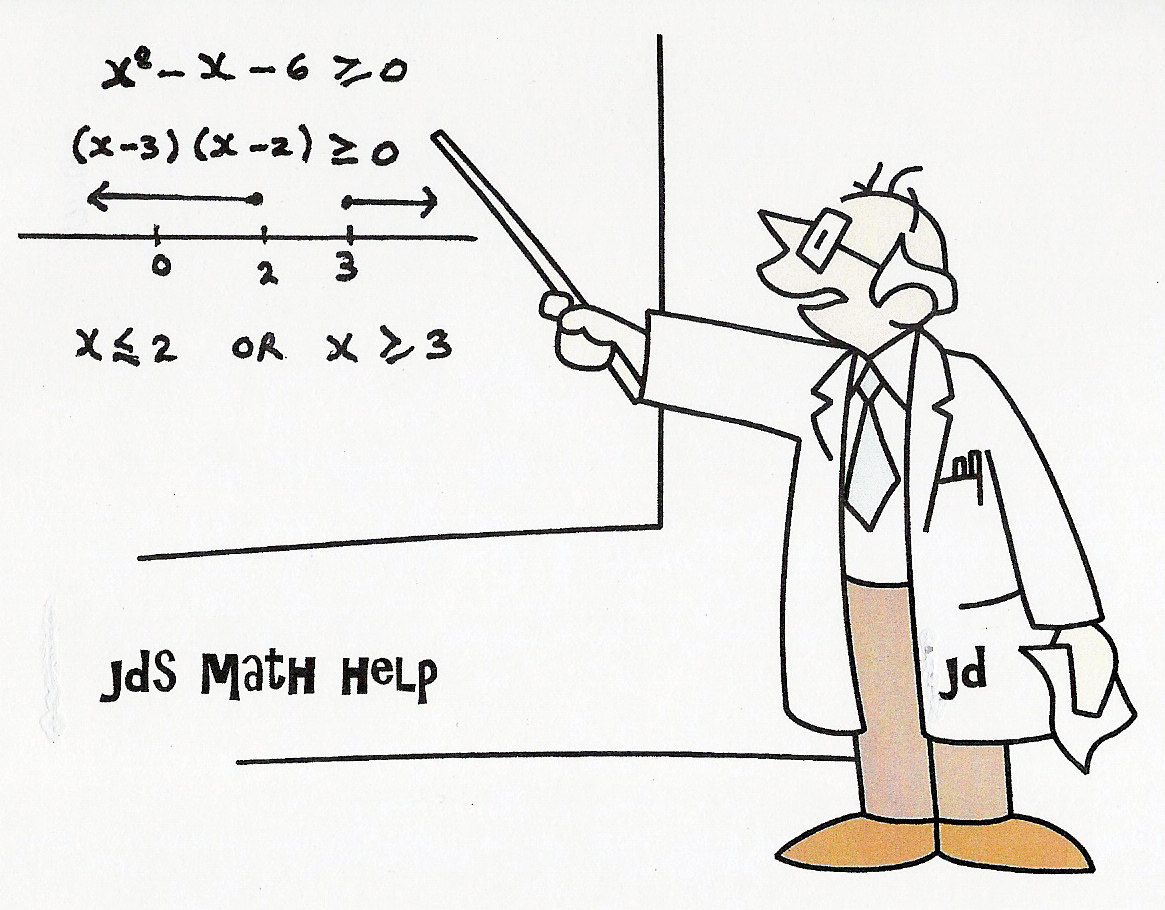|
|
|
|
|
|||||||||
|
|
|||||||||||||
|
|
UNIT 7 : TRIGONOMETRIC FUNCTIONS
LESSON 5
: TRANSFORMATIONS: y = a sin k(x – d) +
c and y = a cos k(x – d) + c
Transformations
of y = sin x and y = cos x :
![]()

|
x (radians) |
0 |
|
|
|
|
|
|
|
|
|
|
|
|
|
x (degrees) |
0 |
30 |
60 |
90 |
120 |
150 |
180 |
210 |
240 |
270 |
300 |
330 |
360 |
|
sin x (exact) |
0 |
|
|
1 |
|
|
0 |
|
|
-1 |
|
|
0 |
|
sin x (approx.) |
0 |
0.5 |
0.87 |
1 |
0.87 |
0.5 |
0 |
-0.5 |
-0.87 |
-1 |
-0.87 |
-0.5 |
0 |
![]()

|
x (radians) |
0 |
|
|
|
|
|
|
|
|
|
|
|
|
|
x (degrees) |
0 |
30 |
60 |
90 |
120 |
150 |
180 |
210 |
240 |
270 |
300 |
330 |
360 |
|
cos x (exact) |
1 |
|
|
0 |
|
|
-1 |
|
|
0 |
|
|
1 |
|
cos x (approx.) |
1 |
0.5 |
0.87 |
1 |
-0.5 |
-0.87 |
-1 |
-0.87 |
-0.5 |
0 |
0.5 |
0.87 |
1 |
The
graph of y = asin kx:
Review carefully lessons 3, 6 of Functions & Transformations. The same point mapping method will be applied to the trigonometric functions.
The
value of a determines the vertical
stretch or compression
and the amplitude.
If |a| > 1, there is a vertical
stretch factor a
If
|a| < 1, there is a vertical compression factor a
Amplitude
= |a|
The
value of k determines the horizontal
stretch or compression
and the period.
If |k| > 1, there is a horizontal
compression factor 1/k
If
|k| < 1, there is a horizontal stretch factor 1/k
![]()
 .
.
|
x0 |
0 |
90 |
180 |
270 |
360 |
|
y |
0 |
1 |
0 |
-1 |
0 |




The
graph of y = sin (x – d) + c :
Review carefully lessons 3, 6 of Functions & Transformations. The same point mapping method will be applied to the trigonometric functions.
The
value of d determines a horizontal
translation (shift) d
units to the right or left
y = sin (x – 300) yields
a shift of 300 right relative to y = sin x.
y = sin (x + 450) yields
a shift of 450 left relative
to y = sin x.
The
value of c determines a vertical
translation (shift) c
units up or down
y = sin x – 3 yields a shift of 3
units down relative to y = sin x.
y = sin x + 2 yields a shift of 2 units up
relative to y = sin x.

|
x0 |
0 |
90 |
180 |
270 |
360 |
|
y |
0 |
1 |
0 |
-1 |
0 |




Definition: The horizontal translation is called the phase shift.
![]()

|
x0 |
0 |
90 |
180 |
270 |
360 |
|
y |
1 |
0 |
-1 |
0 |
1 |




Combinations
of Transformations : y = a sin k(x
– d) + c and y = a cos k(x – d)
+ c

|
x0 |
0 |
90 |
180 |
270 |
360 |
|
y |
0 |
1 |
0 |
-1 |
0 |





|
x0 |
0 |
90 |
180 |
270 |
360 |
|
y |
1 |
0 |
-1 |
0 |
1 |




![Text Box: In summary, to graph y = a sin [k(x – d)] + c from the graph of y = sin(x), follow these ideas:
· If a < 0, we have a reflection in the x-axis
· If k < 0, we have a reflection in the y-axis
· If | a | < 1, we have a vertical compression , factor | a |
· If | a | > 1, we have a vertical stretch, factor | a |
·
· If | k | < 1, we have a horizontal stretch, factor 1/k
· If | k | > 1, we have a horizontal compression, factor 1/k
· The value of d gives the horizontal translation (phase shift)
· The value of c gives the vertical translation (shift)](./trans_files/image126.gif)




